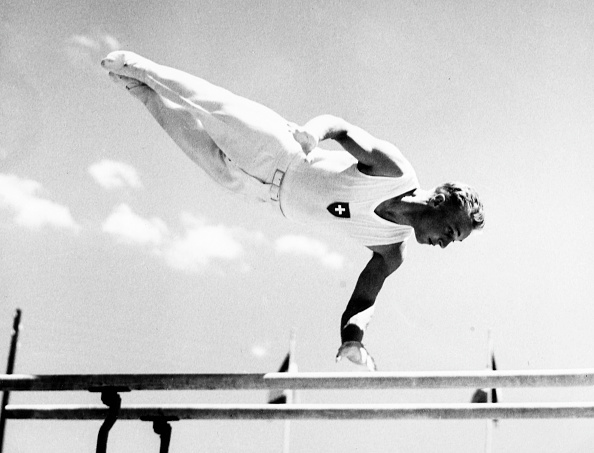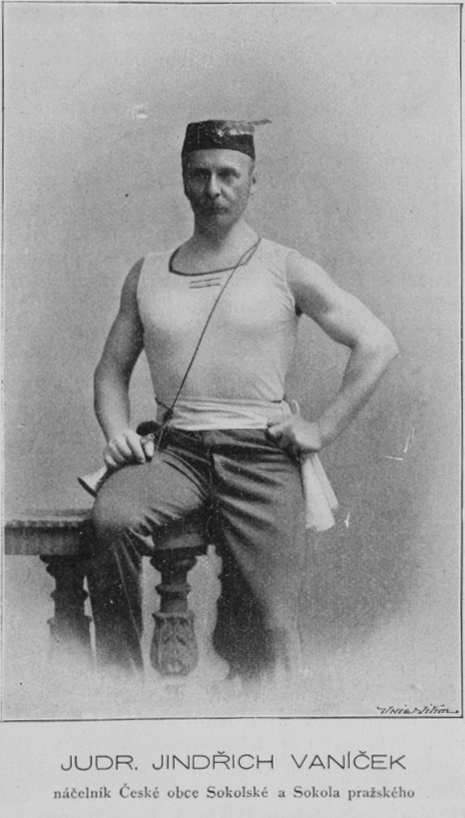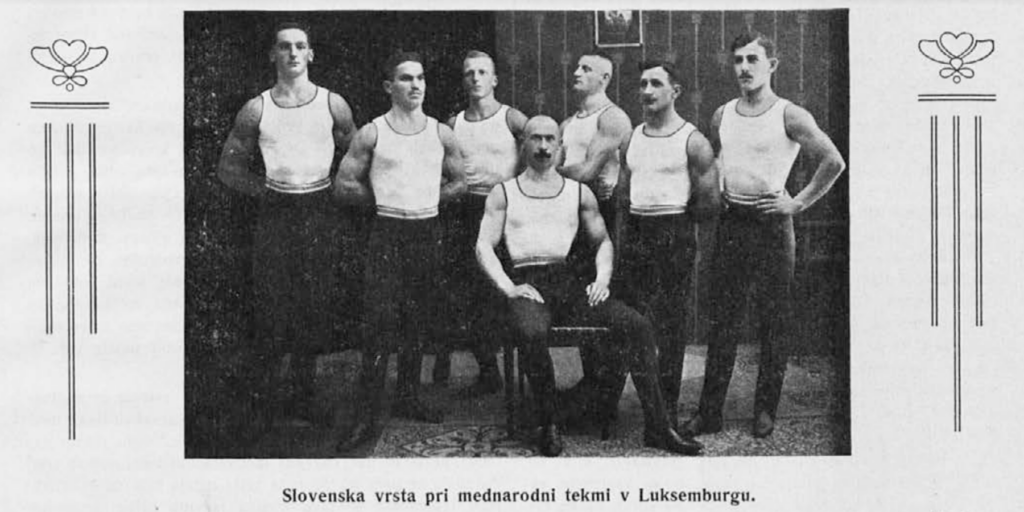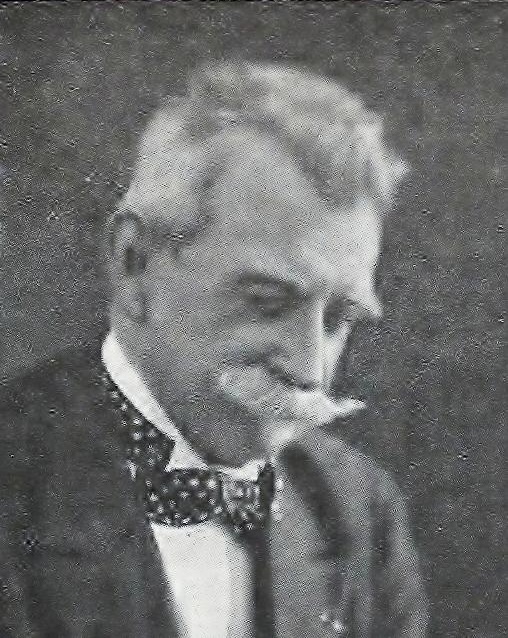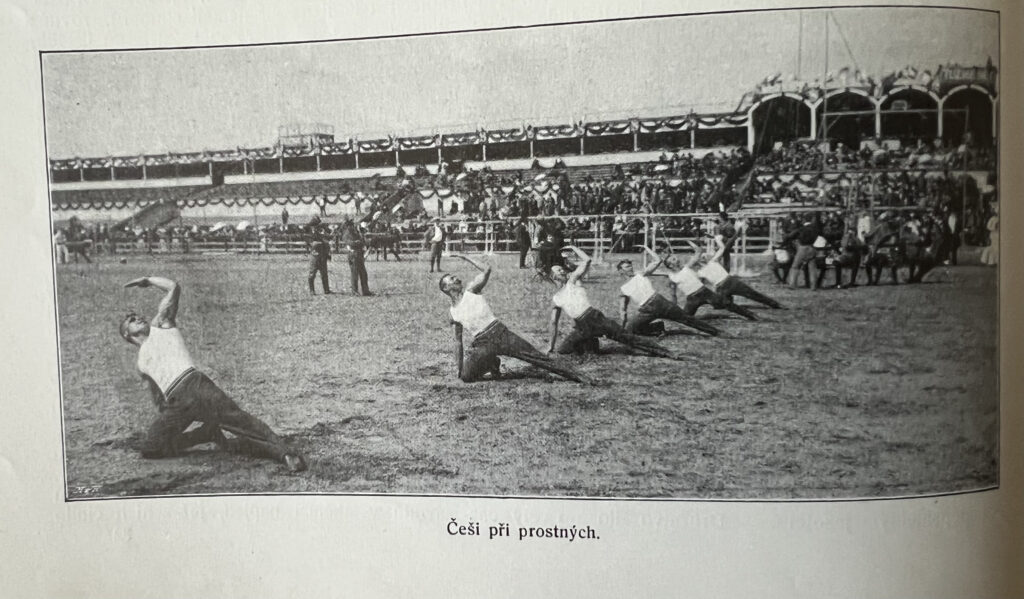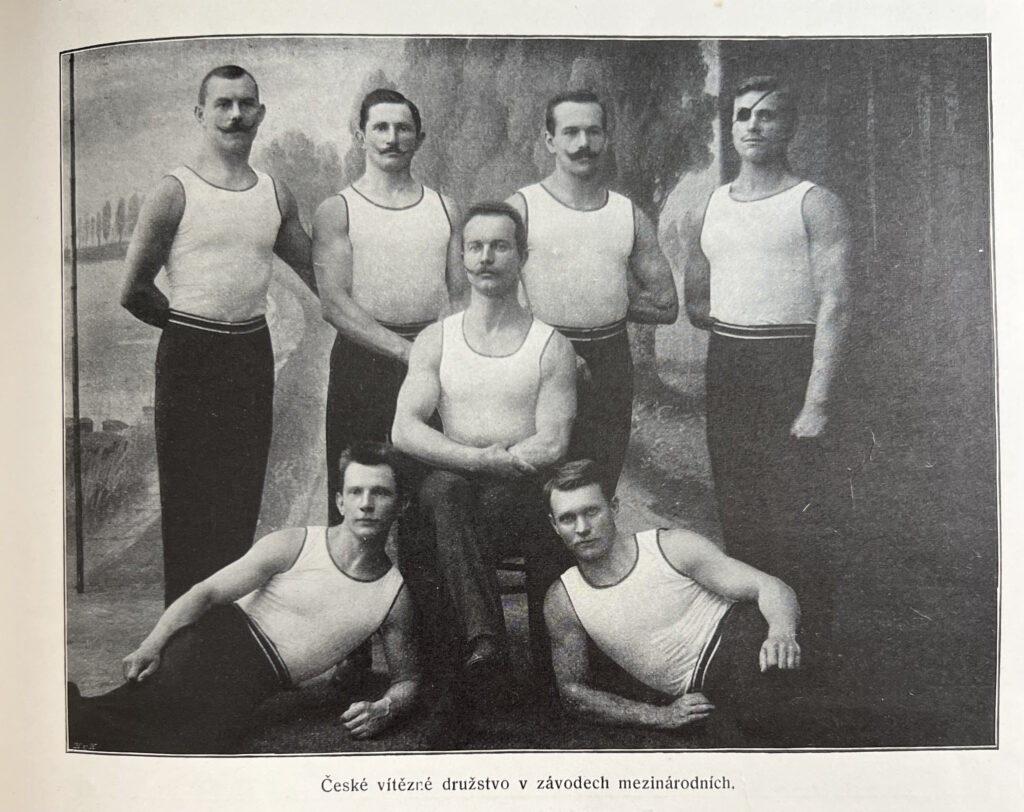During the women’s all-around at the Sydney Olympics, the vault was set 5 cm too low. Multiple gymnasts vaulted on a horse set at 120 cm when it should have been set at 125 cm. As a result, several gymnasts fell, including the favorite for the all-around title, Svetlana Khorkina.
During the third rotation’s warmup, Allana Slater insisted that something was wrong, and eventually, the vault was raised to the correct height (125 cm). After the competition, Kym Dowdell, the competition manager, issued a statement:
“Unfortunately, equipment personnel failed to set the vault at the appropriate height.”
Qtd in. International Gymnast, November 2000
But how? How do equipment personnel fail to set the vault correctly?
That’s the question that the gymnastics community has been asking for over two decades.
Well, I have a hypothesis. It has to do with the apparatus norms that were printed in 2000.
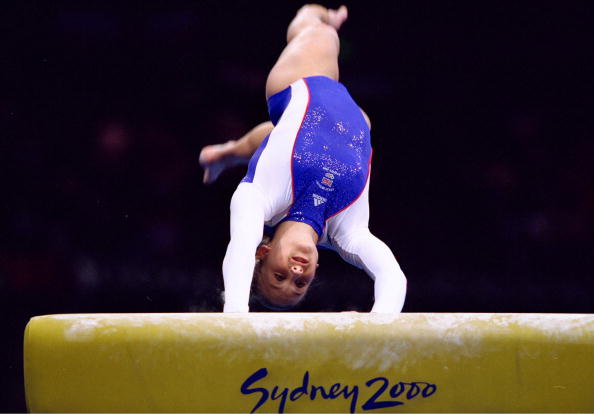
Note: Reeder was injured on her vault landing during the all-around final.
